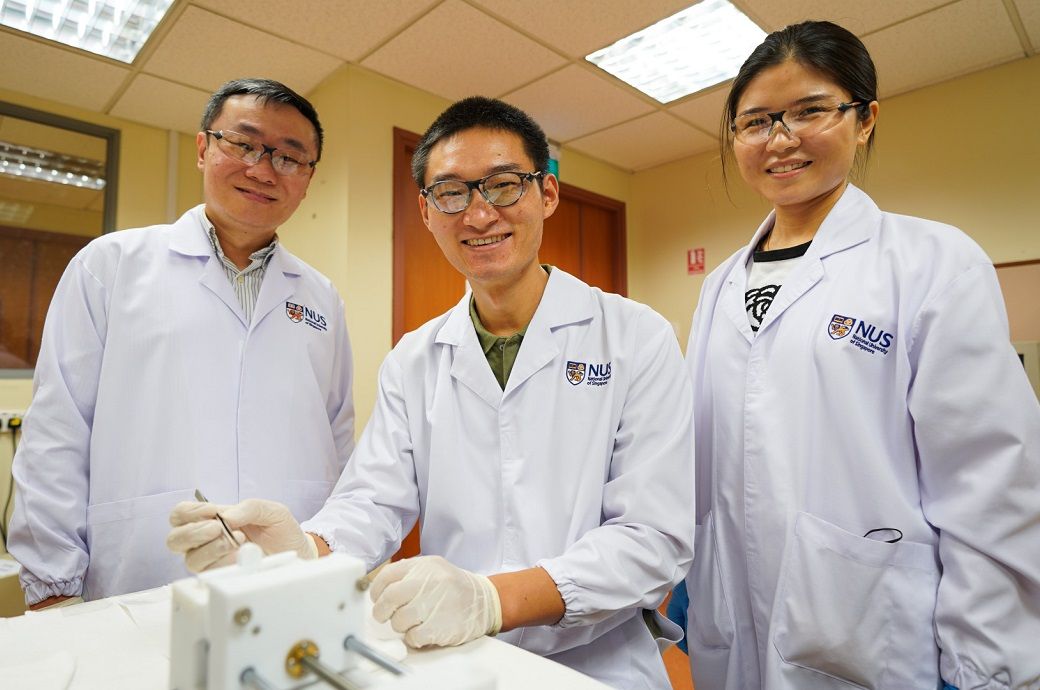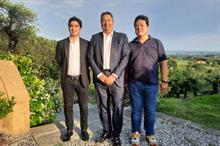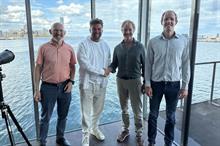
The team was led by assistant professor Tan Swee Ching from the NUS College of Design and Engineering. The innovative process is conducted at room temperature and pressure and requires fewer solvents and energy compared to existing methods. The process is detailed in the scientific journal titled Nature Electronics, the NUS said on its website.
The team borrowed from spiders’ silk production, a two-step process that involves transforming a protein-rich solution into a fibre strand, offering strength and versatility. To replicate this, researchers devised a new technique dubbed the phase separation-enabled ambient (PSEA) spinning approach. Using a gel solution comprising polyacrylonitrile (PAN) and silver ions, known as PANSion, fibres were spun at ambient conditions. Exposure to air triggered the separation of the liquid portion, leaving behind a solid fibre.
The result was a soft fibre embodying the three desired properties—strength, stretchability, and electrical conductivity. Testing confirmed the fibre’s resilience, elasticity, and conductivity, with silver ions in the PANSion gel boosting the fibres’ electrical characteristics.
Potential applications for these fibres are extensive. Demonstrations included an interactive glove capable of detecting hand gestures for gaming and fibres sensitive to electrical signals, enabling communication akin to Morse code. They can also sense temperature changes, valuable for shielding robots in extreme conditions. Further, the fibres were integrated into a smart face mask for breath monitoring.
PANSion fibres can be recycled into a gel solution to spin new fibres, reducing energy consumption and the volume of chemicals needed in comparison to traditional methods.
The research team aims to improve the environmental impact of PANSion fibres, seeking to enhance sustainability throughout the entire production cycle.
Assistant professor Tan said: “Technologies for fabricating soft fibres should be simple, efficient, and sustainable to meet the high demand for smart textile electronics. Soft fibres created using our spider-inspired method of spinning have been demonstrated to be versatile for various smart technology applications—for example, these functional fibres can be incorporated into a strain-sensing glove for gaming purposes, and a smart face mask to monitor breathing status for conditions such as obstructive sleep apnea. These are just some of the many possibilities.
“Fabrication of 1D soft fibres with seamless integration of all-round functionalities is much more difficult to achieve and requires complicated fabrication or multiple post-treatment processes. This innovative method fulfils an unmet need to create a simple yet efficient spinning approach to produce functional 1D soft fibres that simultaneously possess unified mechanical and electrical functionalities.”
Fibre2Fashion News Desk (NB)

